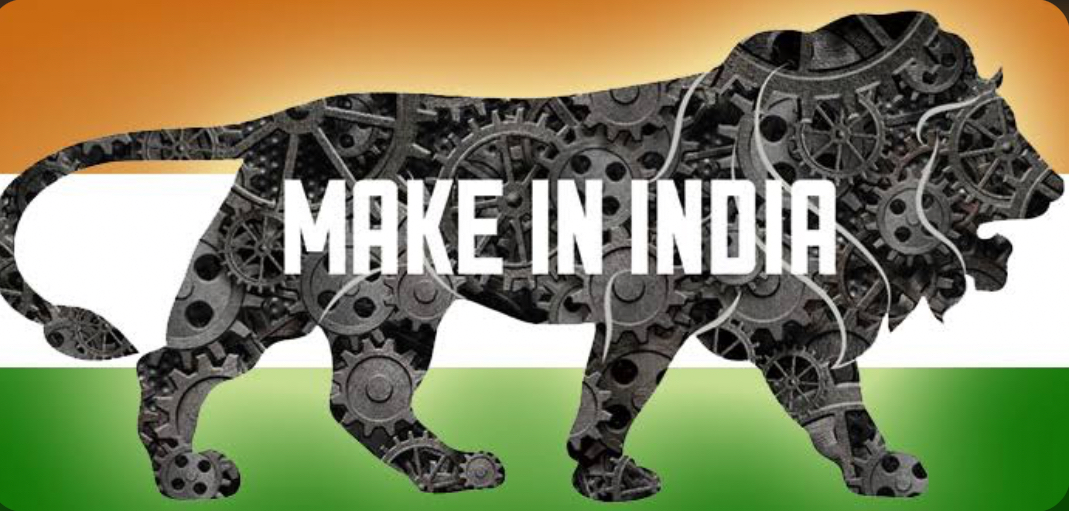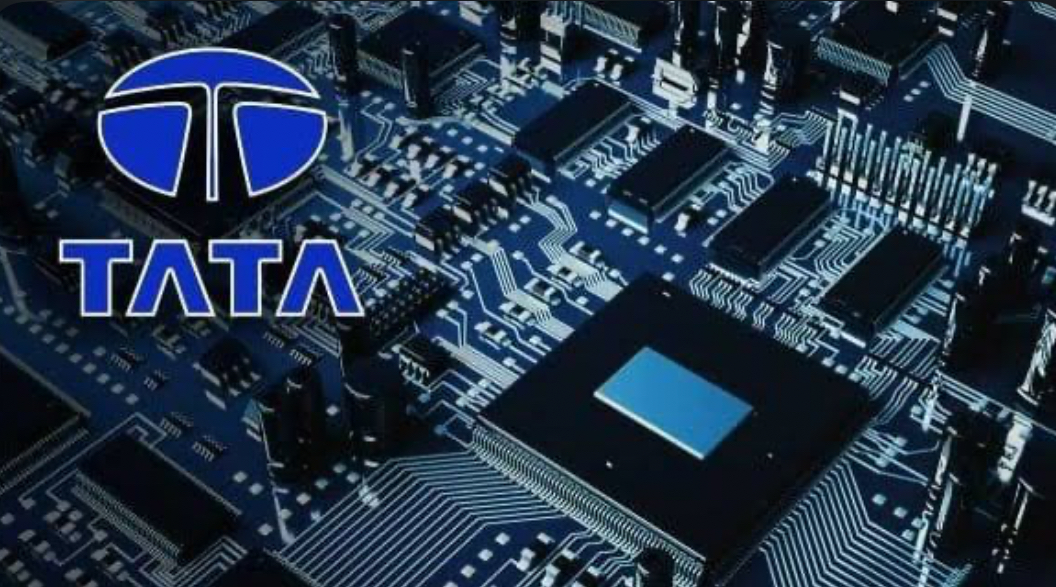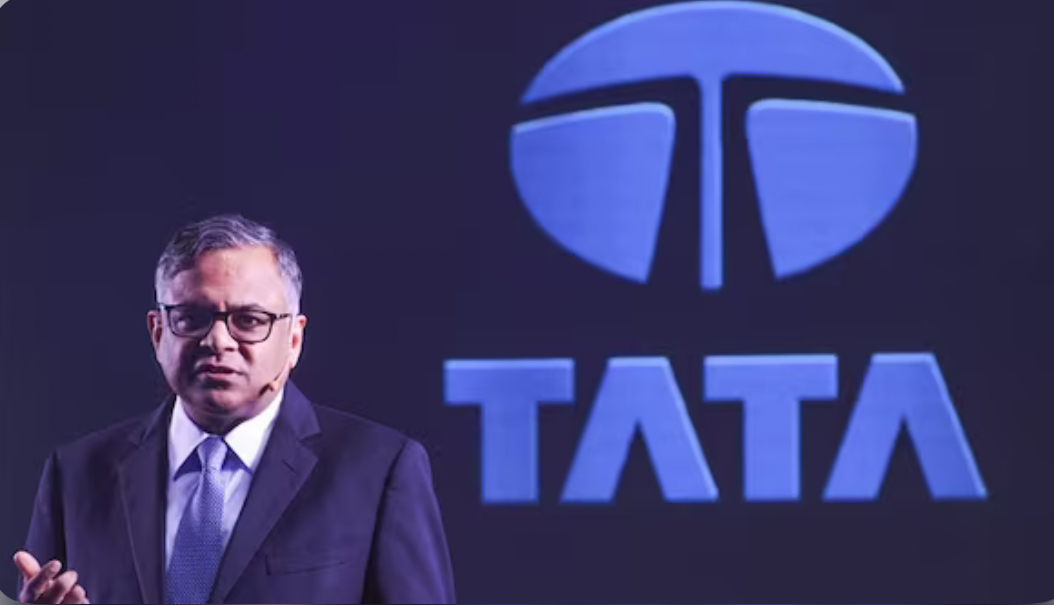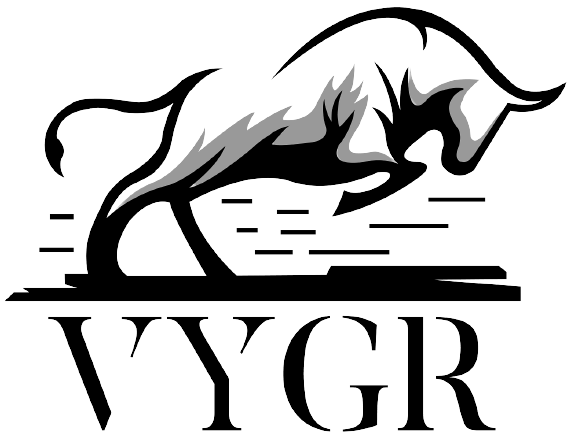India wants to be a world leader in industry. A big part of this goal is the government's "Make-in-India" programme, which is represented by a lion. From this point of view, the Tata Group has become a national champion, making the country's industrial skills even better.
Governments have a history of helping companies establish themselves as national leaders, which in turn drives industrialisation. Samsung and Hyundai, two Korean chaebols, are good examples of this method. India's government is helping to build similar local giants through production-linked incentive (PLI) programmes.

Tata Group is a past national champion example. Founded during India's colonial era, Tata has been an important part of the country's economic growth in many areas, from steel to software. Because it was one of the first companies in many fields, it has always shown a pioneering spirit. Tata is about to start India's fourth economic revolution by making chips.
The Make-in-India programme is an effort by the government to encourage manufacturing in India and cut down on dependence on imports. The Tata Group is totally on board with this goal. For example:
Assembly of an Apple iPhone:

In a big move, Tata bought Wistron's India plant last year, making it the first company in India to put together iPhones. In addition to making local manufacturing stronger, this move also marked Tata's entry into the high-value smartphone assembly market. There are talks going on for Tata to buy a majority stake in Pegatron's Indian unit. This would further strengthen its position in this field.
Making semiconductors:

Tata put up a $11 billion plant to make semiconductors in Dholera, Gujarat, because they knew how important they were as the building blocks of modern electronics. This is India's first place of its kind. It will significantly change the way the country manufactures electronics. Tata has also proposed a Rs. 27,000 crore plant in Assam to test, put together, name, and package chips.
While Make-in-India is a key driver, Tata's ambitions extend beyond that. The group is making strategic investments exceeding $120 billion in areas like:
- Defence: actively pursuing opportunities in the defence sector.
- Electric vehicles: investing heavily in electric vehicles with a 20-gigawatt battery storage factory in Gujarat and a new battery plant in England.
- Air India: Acquiring Air India to revitalise national carriers and strengthen India's aviation sector.

- Financial Muscle: Tata's financial strength allows for large-scale, capital-intensive projects.
- Technological Expertise: Tata's track record in adopting and adapting cutting-edge technologies is crucial.
- Brand Reputation: Tata's reputation inspires trust and facilitates partnerships.
- Long-Term Vision: Tata's commitment to India's growth is unwavering.
- Building an Ecosystem: Establishing a chip-making industry requires significant effort and collaboration.
- Competiency: Tata needs to establish itself as a reliable and cost-effective supplier in the competitive global semiconductor market.
- Technological Advancement: Tata needs to continuously innovate and upgrade its capabilities to stay ahead.

(N. Chandrasekaran)
Business experts agree that Tata's moves are risky. The CEO of a major mutual fund likes Tata's futuristic method, which is similar to Jamsetji Tata's innovative ideas for making steel. People believe that N. Chandrasekaran's leadership played a big role in making these brave choices. Building a semiconductor plant from scratch is a huge job that takes a lot of time, money, and effort. However, this project is possible thanks to Tata's strong finances and the government's efforts to create a good atmosphere.
(Ishaat Hussain, the former head of Tata Sons)
Ishaat Hussain, the former head of Tata Sons, discusses the strategic positioning of the group to capitalise on the expanding digital economy. He talks about Tata's ability to invest in both old and new businesses, such as batteries and semiconductors. India's rising economy and per capita income give the group a lot of chances to succeed, and its wide reach makes it great for doing so.
It is a turning point for India's Make-in-India plan that the Tata Group is now making high-tech products. Tata is in a great position to lead India's growth into a manufacturing giant thanks to its long history, strength in finances, and technological know-how. Being able to deal with problems and work together well is important for the group's progress. Tata appears poised to significantly impact India's transition towards an innovative future. There are many more ways that Tata has affected the world than we have been able to talk about here. The group has an impact on many areas, not just manufacturing. These include schooling, social welfare, and the hospitality industry.
Image Source: Multiple Agencies
(Inputs from agencies)
© Copyright 2024. All Rights Reserved Powered by Vygr Media.








